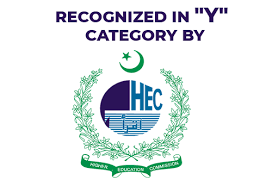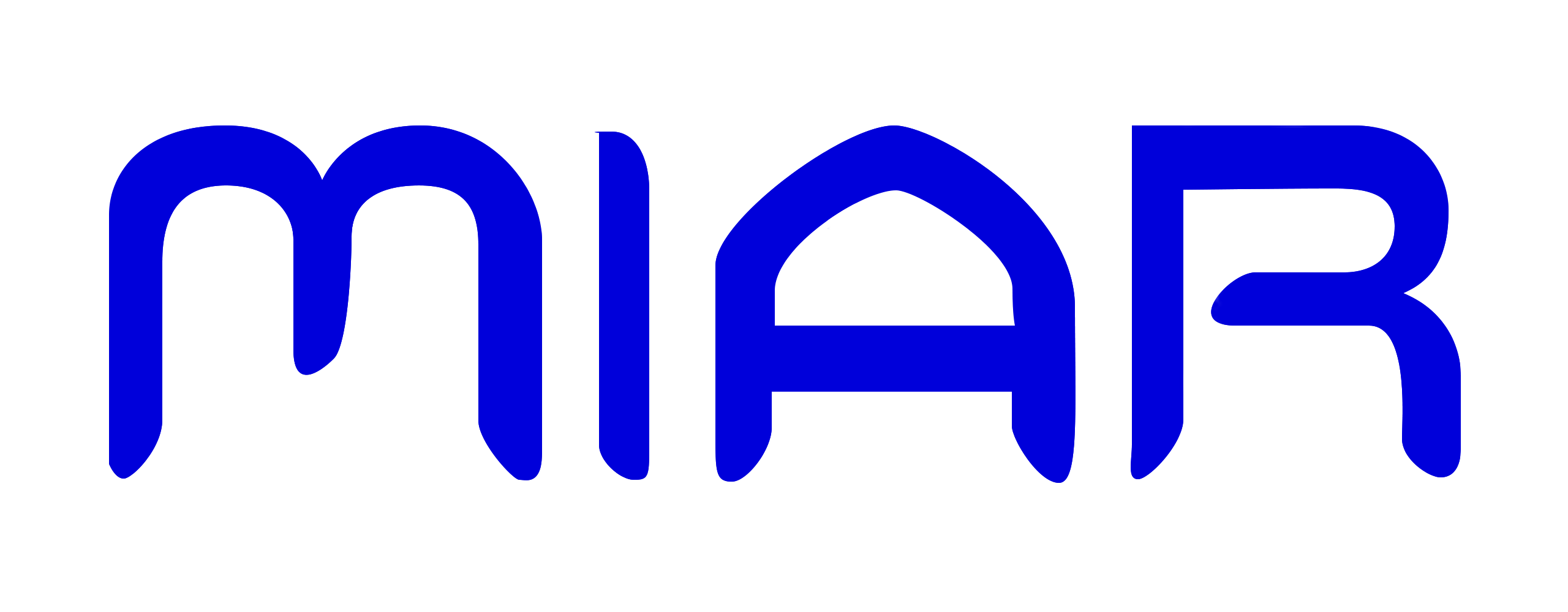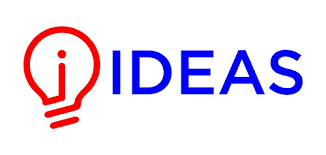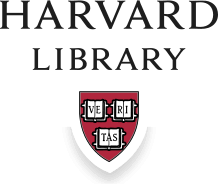Article | Open Access | Published: 20 December 2007
Educational Approach to Character Building : A Paradigm Shift
| Views: | 169 | | | Downloads: | 138 |
Abstract:
This research paper entitled Educational Approach to Character Building - A Paradigm Shift is written with the purpose to analyze the position of public and private education sector of Pakistan. As we know it is one of the most important instruments that play their role in economic and human development. This modern world has created many opportunities as well as challenges only those nations can advantage from the opportunities which have acquired the essential knowledge and skills. Significant quality education and training, predominant in the new environment, promotes a productive and informed citizenry, and offers opportunities to the socially and economically underprivileged sections of the general public. The paper is organized under the following different headings; it begins with introduction, section two contains statement of the problem, section three shows methodology, section four focus on Education increase, Moral of Human Capital, section five point out Male & Female Enrolled in Education, section six shows Physical Infrastructure, section seven reveals Public Private Partnership in Education, section eight shows External Resource Mobilization, section nine discusses Internal Financing of Education, section ten shows examination system, section eleven shows infrastructure section twelve describe Human Resource Development, section thirteen finally shows conclusions and suggestions.
Keywords:
Educational Approach, Character Building, essential knowledge, Human Capital
Publisher:
ILMA UNIVERSITY
Published:
20 December 2007
Issue:
Issue 2 : Volume 3
E-ISSN:
2409-6520
P-ISSN:
2414-8393
This is an open access article distributed under the terms of the Creative Commons Attribution CC BY 4.0 license, which permits any use, distribution, and reproduction of the work without further permission provided the original author(s) and source are credited.














